15 Quirky Small Towns With Affordable Charm
Small towns have a way of surprising travelers with their charm, character, and affordability. From quirky festivals to colorful main streets, these hidden gems offer something a little different without straining your budget. If you’re looking for places that feel welcoming, offbeat, and easy on the wallet, these towns are worth a visit.
This post may contain affiliate links, which helps keep this content free. Please read our disclosure for more info.
Bisbee, Arizona
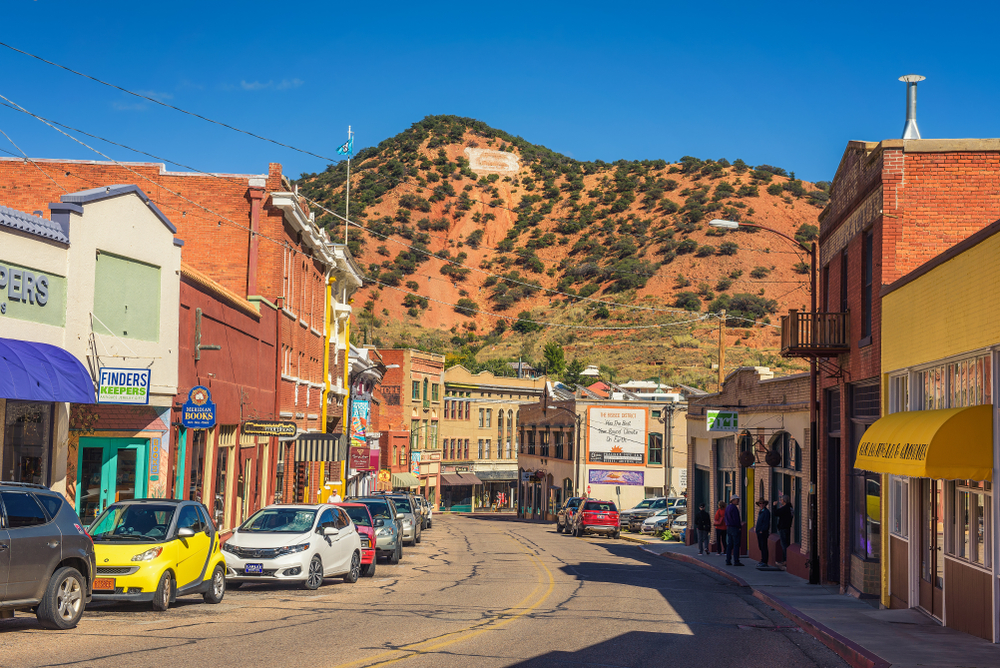
Bisbee sits tucked away in the Mule Mountains, where colorful hillside homes and winding streets give it a unique character. Once a thriving copper mining town, it has reinvented itself as an artistic haven filled with murals, galleries, and quirky shops. Travelers often find budget-friendly accommodations in vintage motels or restored boarding houses that retain their historic flair. The town also hosts plenty of local festivals, live music events, and open-air markets that bring residents and visitors together.
Its staircases, originally built for miners to reach hillside homes, now form the backdrop of the annual “Bisbee 1000” race, which adds to the town’s eccentric appeal. The overall cost of living here is about 3% lower than the U.S. average, with housing roughly 22% below the national norm. Median home values hover around US $216,000, while monthly rents typically range from US $750 to US $1,400, depending on size and condition.
Eureka Springs, Arkansas
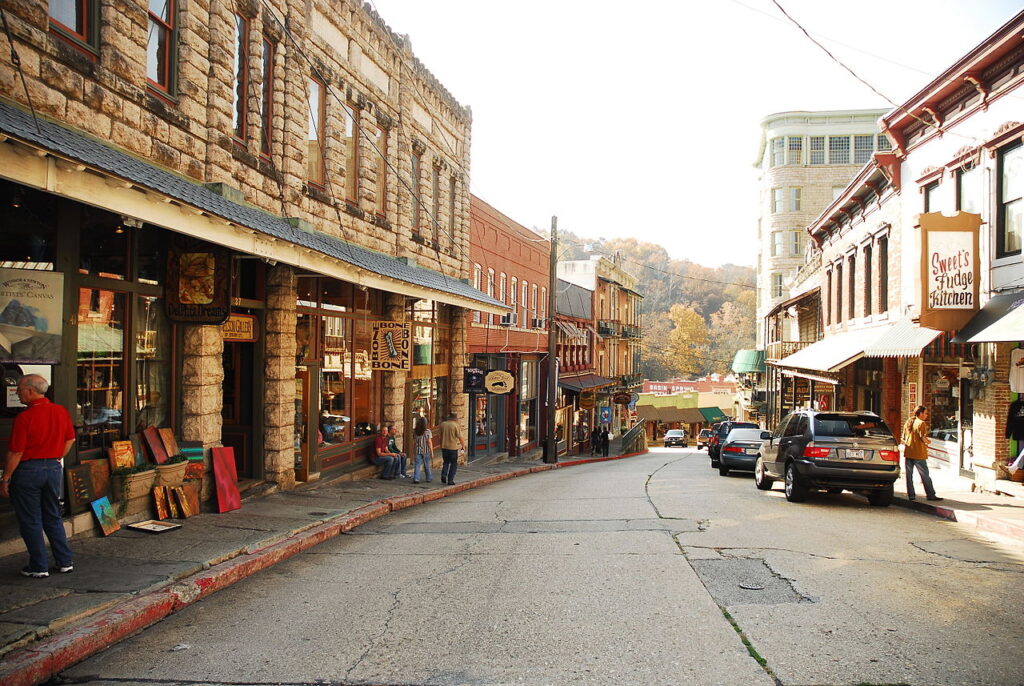
Eureka Springs is known for its Victorian architecture, winding streets, and healing springs. Historic hotels, colorful cottages, and cozy B&Bs line the hills, offering stays that won’t drain your wallet. The town’s reputation for healing springs adds a whimsical charm, with many still bubbling around downtown.
Living in Eureka Springs is about 7-12% cheaper than the U.S. average. Housing is one of the more affordable expense categories, though rentals vary. For a single person, monthly living costs tend to run in the US$2,200-US$2,400 range; families of four see higher totals but still lower than what many urban areas demand.
Marfa, Texas
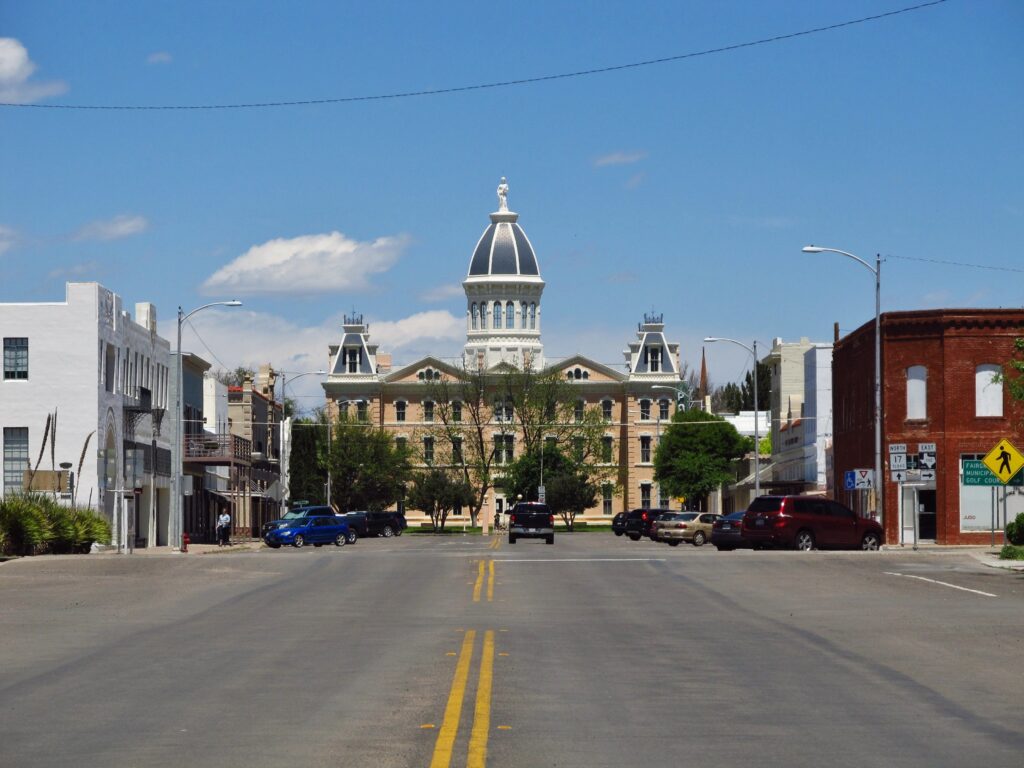
Marfa may be tiny, but it has built an international reputation for its art scene. Large-scale installations dot the desert landscape, blending contemporary creativity with rugged West Texas beauty. Despite its fame, housing remains relatively cheap: typical home values are around US $303,000, and an average rent hovers near US $1,900/month.
What makes Marfa particularly quirky is its mix of modern art and small-town simplicity. Visitors often stop to experience the unexplained “Marfa Lights,” a mysterious desert phenomenon that has puzzled locals for decades. The town’s overall cost of living is about 17% below the U.S. average, making it attractive to travelers or creatives seeking something different without the big city price tag.
Yellow Springs, Ohio
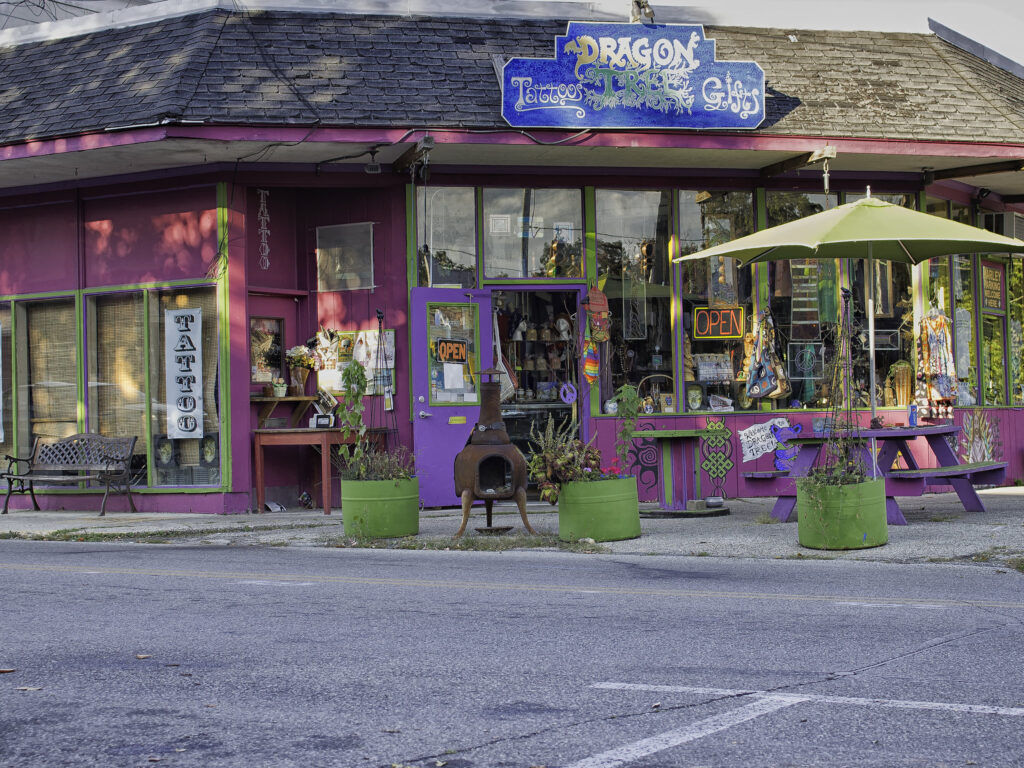
Yellow Springs is a creative, artsy town with murals, independent shops, and plenty of green space. It has a gentle, slow pace that many find refreshing. Travelers will find budget-friendly lodging, local cafés, and community events almost every weekend.
In terms of cost, Yellow Springs is somewhat above the U.S. average overall. Its cost of living is about 4 % higher than the national average. Housing drives much of that gap: a typical home costs around US $305,700, which is slightly below the national median but still high for the region. Rent is more manageable: average one-bedroom apartments go for around US $758/month.
Manitou Springs, Colorado
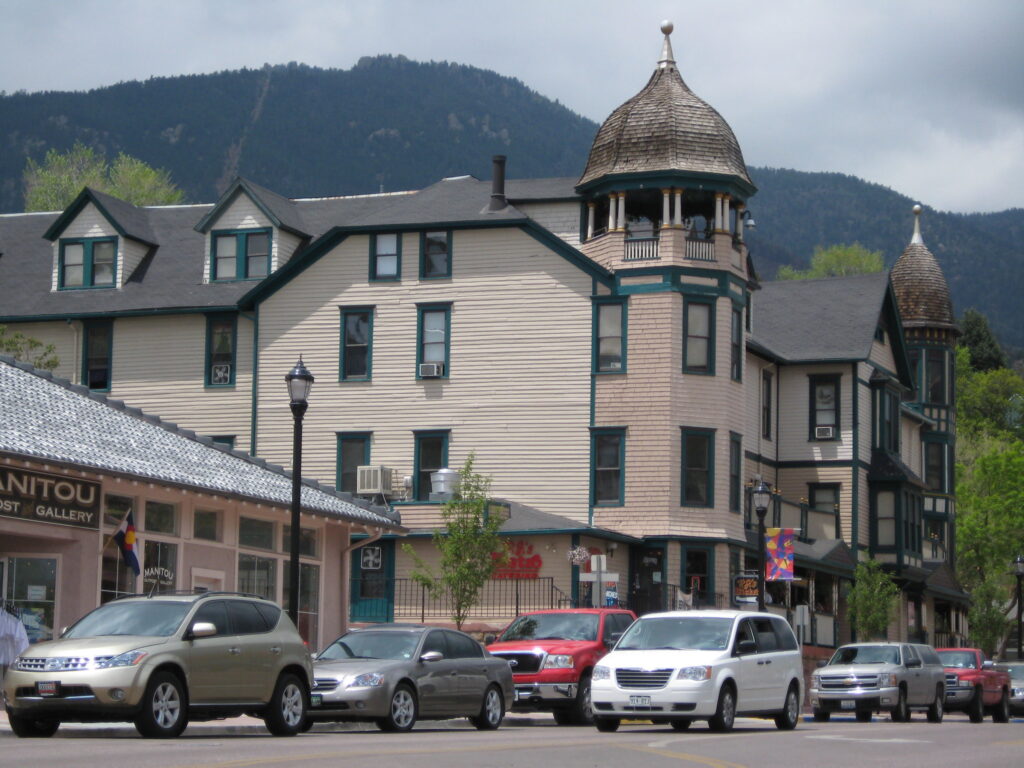
Nestled at the base of Pikes Peak, Manitou Springs combines mountain beauty with eccentric charm. The town is famous for its mineral springs, where visitors can sample naturally carbonated water straight from public fountains. You’ll also find art galleries, quirky shops, and scenic walks that make the town feel alive yet laid-back.
As for cost, living in Manitou Springs runs higher than the U.S. average overall. Housing expenses are about 27% above the national norm, while a median home value is roughly US $542,000-$660,000 depending on source. Rent for many units hovers near US $1,900/month, and a single person’s typical monthly cost is estimated at around US $2,750, with families of four often needing about US $6,055/month.
Truth or Consequences, New Mexico
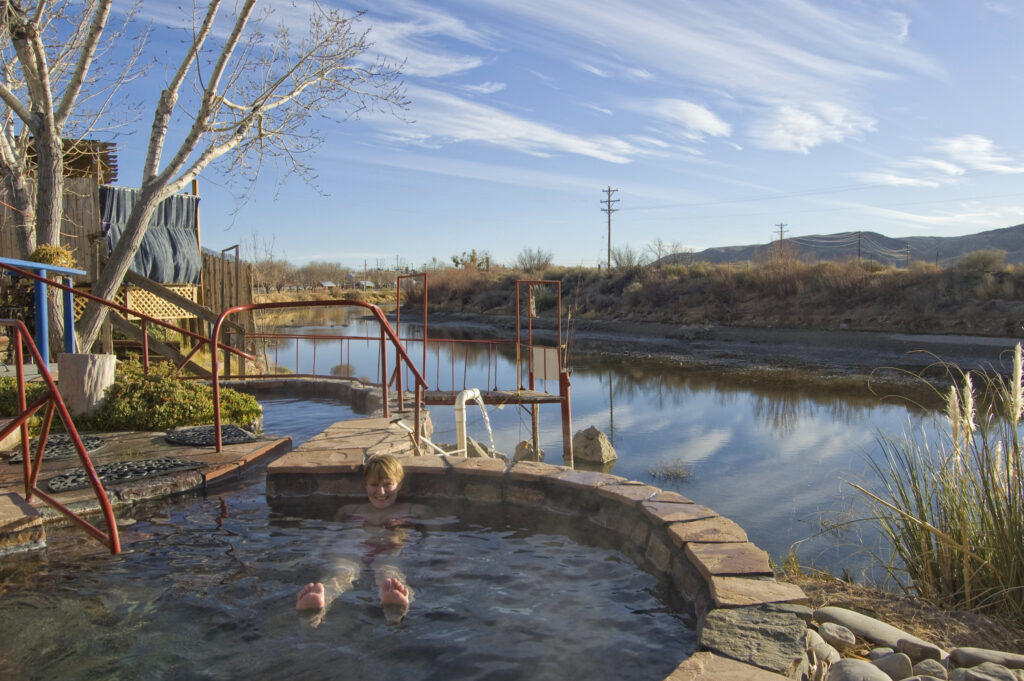
Truth or Consequences is already unusual in name, and it doubles down in atmosphere: hot springs, retro motels, artsy corners, and open skies. Visitors can find simple stays, local cafés, and natural beauty without spending heavily. The nearby lake gives options for boating or relaxing, and the desert terrain adds unexpected beauty.
Living costs here are significantly lower than many U.S. towns. The overall cost of living is about 11-25% below the U.S. average. Housing is a big factor: median home value is roughly US $96,000, and a modest rental often goes for around US $534/month.
Deadwood, South Dakota
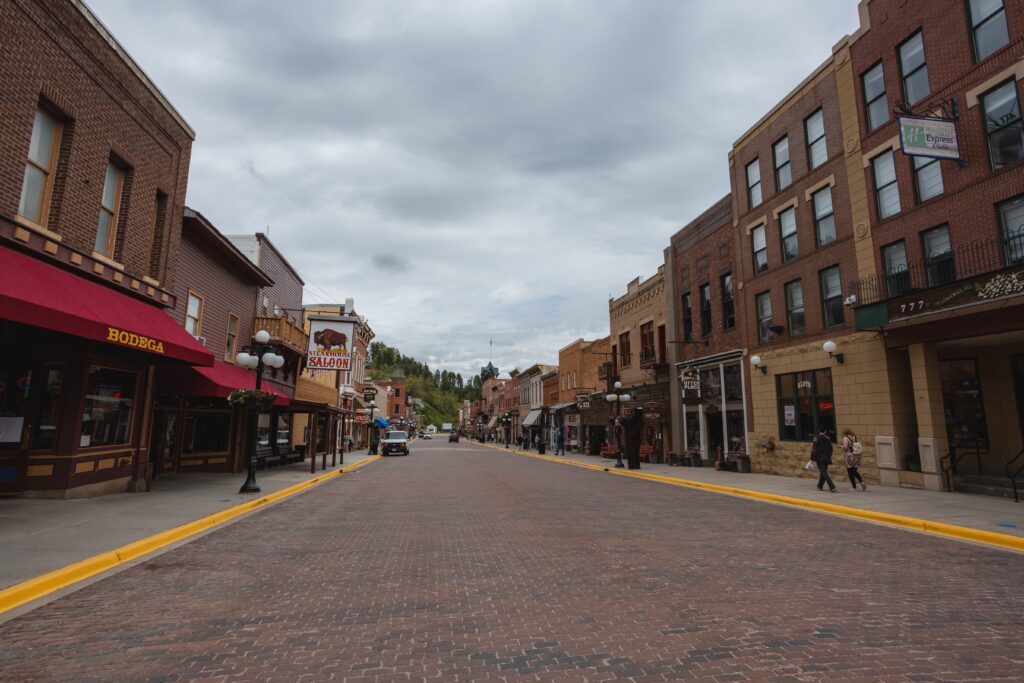
Deadwood feels like stepping into the Wild West, where saloons and historic hotels line the streets. Famous for its connection to outlaws like Wild Bill Hickok and Calamity Jane, the town embraces its rowdy past. Lodging tends to be affordable, with a median home price around US $151,000, and rent often about US $668/month for modest units.
Events and re-enactments keep the history alive, from shootouts on Main Street to seasonal festivals. Quirky museums and old-fashioned casinos add layers of entertainment beyond the usual tourist stops. Overall cost of living in Deadwood runs about 7% lower than the U.S. average, largely due to low housing costs
Leavenworth, Washington
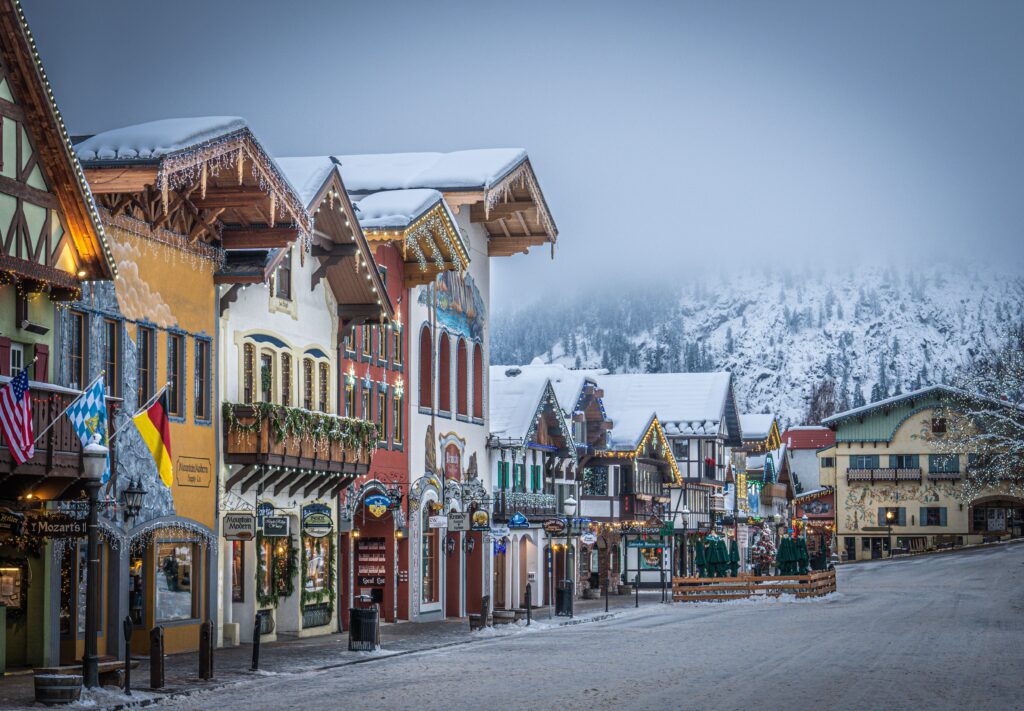
Leavenworth transformed into a Bavarian-style village with alpine façades, German festivals, and themed shops. Charming guesthouses, cabins, and motels give visitors lively atmosphere against a mountain backdrop. Outdoor options like hiking, river walks, and scenic views add to its appeal even if you don’t spend much.
Leavenworth’s cost of living runs higher than many smaller towns. It is about 30% more expensive than the U.S. average overall. Housing contributes heavily: median home values are quite steep, and rental prices are well above average in the region. A one-bedroom apartment often costs around US $1,689/month, while two-bedrooms go up even more.
Mount Airy, North Carolina
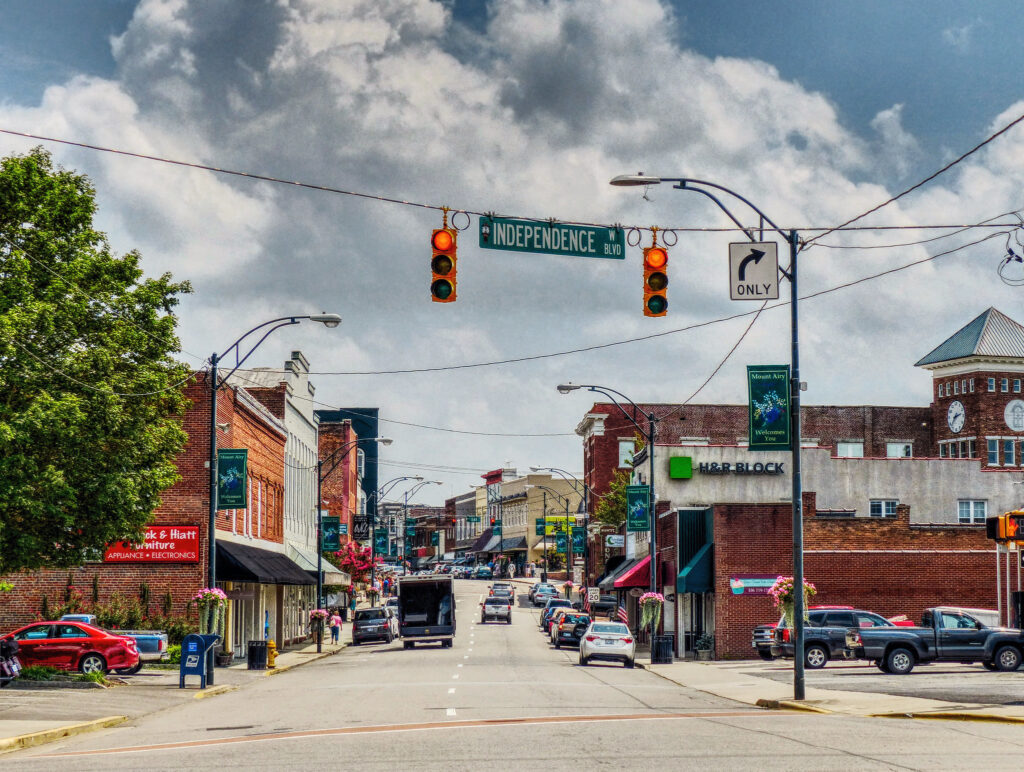
Mount Airy feels nostalgic: old diners, Mayberry references, and small-town friendliness mingle with scenic hills. Visitors enjoy low-key stays, historic shops, and gentle hikes. The town doesn’t overwhelm you with tourist traps, so exploring tends to feel relaxing.
Mount Airy is one of the more affordable small towns. Its cost of living is about 4-16% below the U.S. average. Housing is a big part of the savings: many homes are modestly priced, and new homes range about US $90-125 per sq ft in construction or sale price. Month-to-month rent for smaller apartments is well under what big cities demand.
Sandwich, New Hampshire
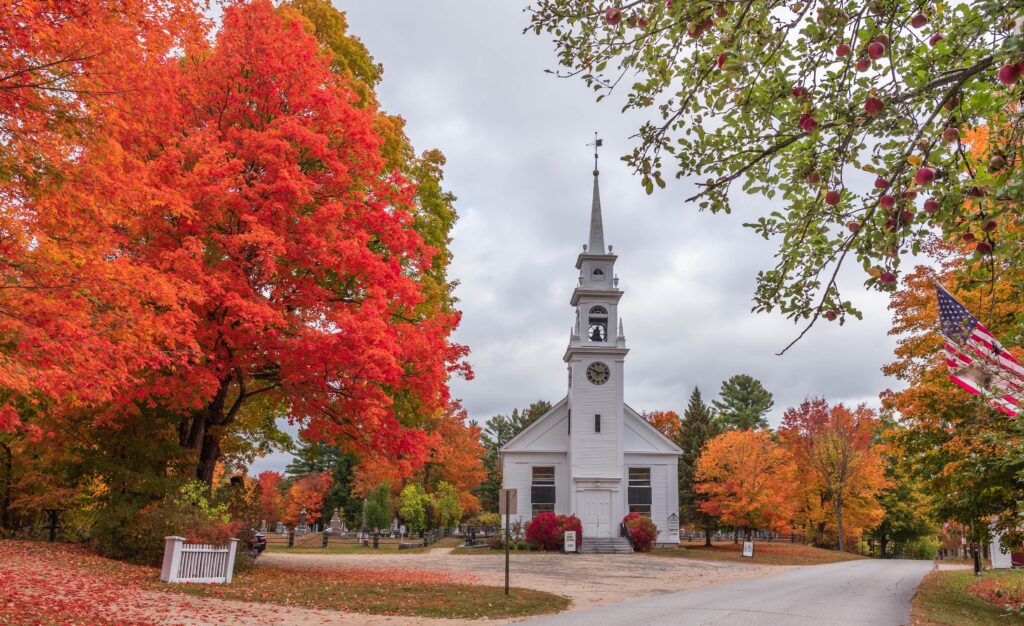
Sandwich is a quiet town where lakes, forest-ed mountains, and historic buildings set a peaceful scene. It includes villages like Center Sandwich and North Sandwich, each with their own charm. The Sandwich Fair in October, old gristmills, covered bridges, and scenic roads give visitors plenty to explore. Lodging tends to lean toward inns, B&Bs, and seasonal rentals rather than big hotels.
When it comes to cost, Sandwich is on the pricier side compared to many small towns. Median home values hover around US $533,000 but some sources list median listings higher, near US $725,000 for certain properties. In Center Sandwich, the median property value is about US $359,400, which is roughly 1.18× the national average. The town’s median household income is quite healthy (over US $110,000 in many reports) but day-to-day costs—especially for housing—are definitely above the U.S. average.
Guthrie, Oklahoma
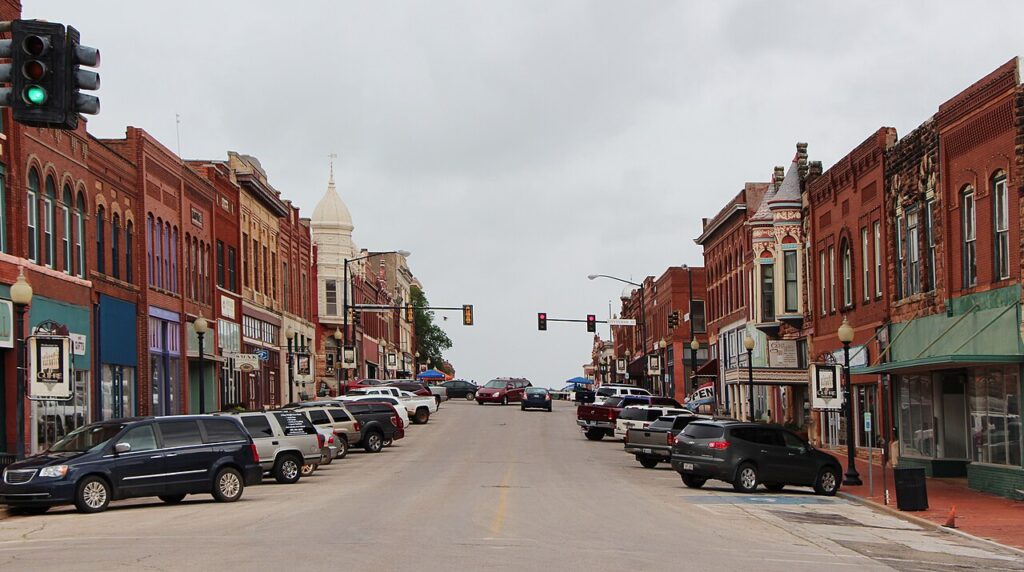
Guthrie boasts one of the best collections of Victorian architecture in the country. The downtown streets feel like a movie set, complete with brick façades and horse-drawn carriages during festivals. Antique shops, vintage theaters, and locally owned cafés make the town both affordable and entertaining.
Guthrie is significantly cheaper to live in than many parts of the U.S. The cost of living is about 11-24% lower than the national average. Housing is much more affordable: median home value is around US $159,675, and many rentals go for about US $625/month.
Jim Thorpe, Pennsylvania
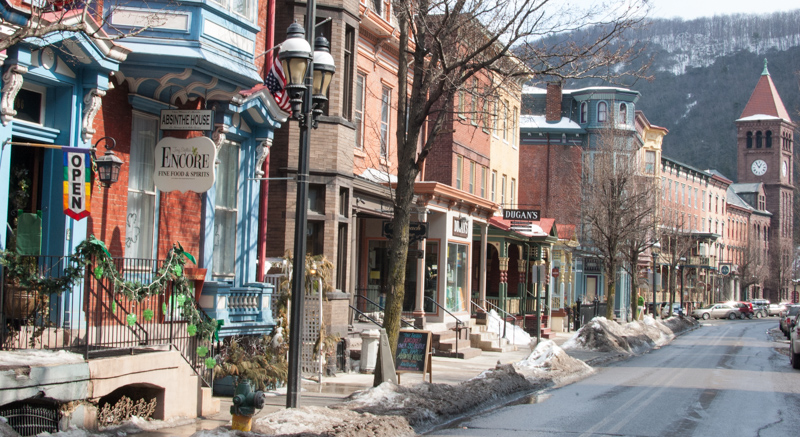
Jim Thorpe sits in the Pocono Mountains and combines mountain scenery, Victorian architecture, and historic charm. From river trails to vintage shops, there’s a lot to see, and local inns tend to be more affordable than big-city replacements. The town feels especially welcoming in the off-season, when crowds thin and prices dip.
The cost of living in Jim Thorpe is close to or slightly above the U.S. average for many things, but overall tends to be lower or comparable, depending on lifestyle. For single people, living costs are around US $2,552/month, while for a family of four, about US $5,619/month. Housing is one of the bigger expenses; many homes are priced around US $295,000 in more desirable areas, though there are more modest options.
Wallace, Idaho
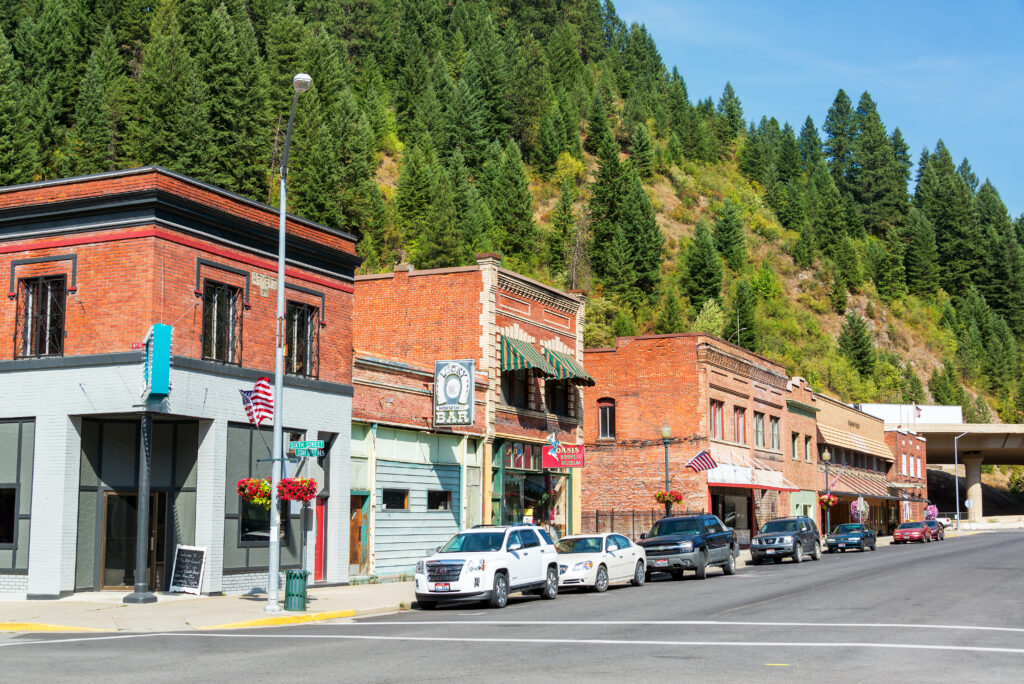
Wallace proudly calls itself the “Center of the Universe,” complete with a manhole cover downtown that marks the spot. This former mining town has embraced its quirky identity while preserving historic brick buildings. Affordable motels and guesthouses make it accessible to budget travelers.
Cost-of-living figures for Wallace show significant savings in housing. A typical home costs about US $240,400, which is nearly 29% lower than national average home values. Compared to many places, you’ll spend less on shelter here, leaving more room in the budget for experiences.
Bay St. Louis, Mississippi
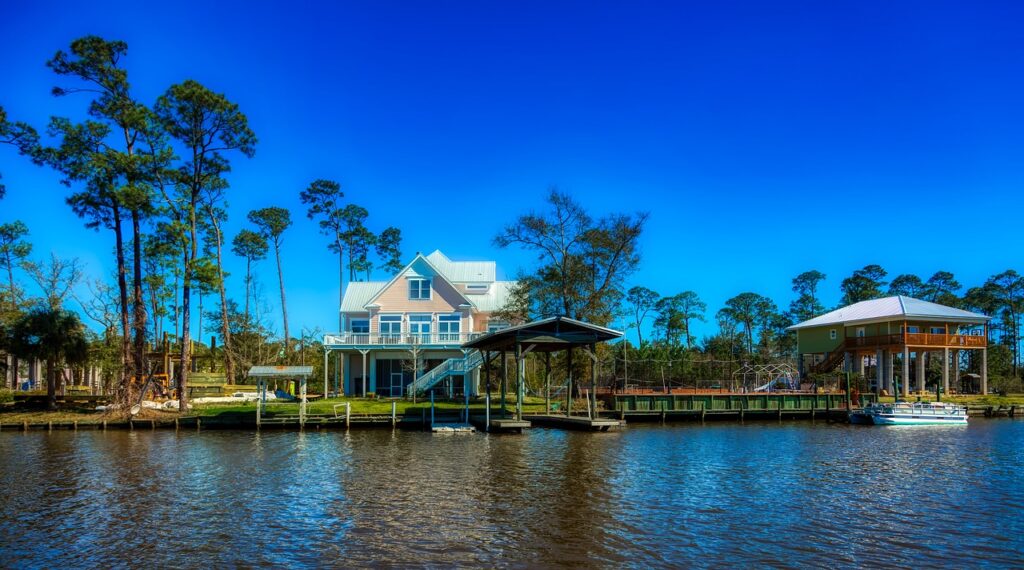
Bay St. Louis blends coastal beauty and funky small-town living, with art galleries, seafood joints, and laid-back vibes. Affordable B&Bs and cafés line the waterfront, and many of the community events are free or low-cost. The beach is never far, and local music and murals show up just about everywhere.
In terms of cost, Bay St. Louis is more affordable than many U.S. cities. Its overall cost of living is about 13-15% lower than the national average. Housing is especially cheaper: median home value is around US $227,700 and rent is often under US $1,100/month for many units.
Galena, Illinois
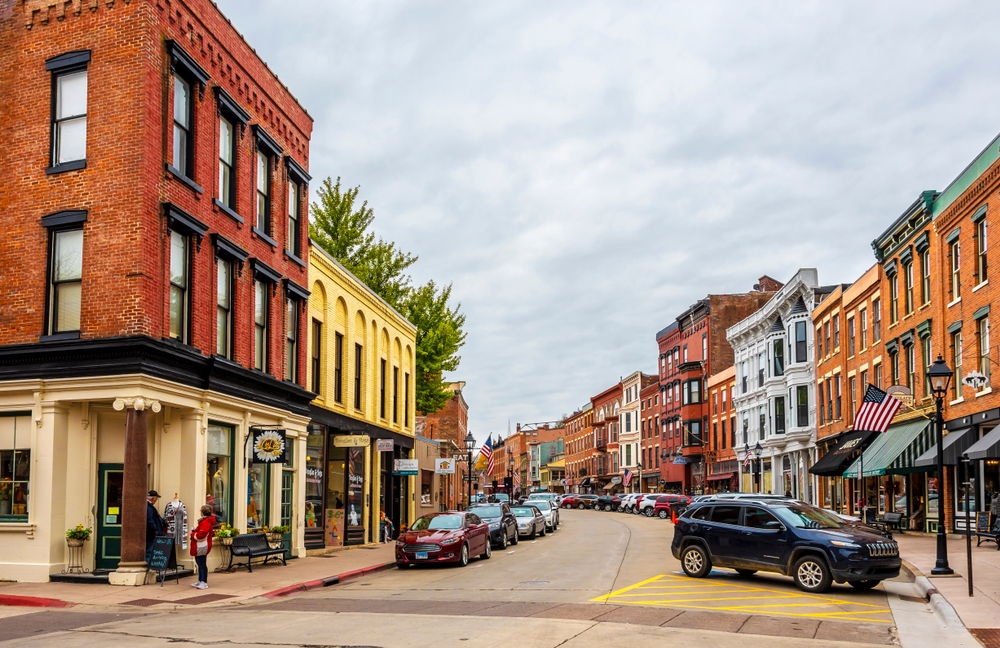
Galena is known for rolling hills, river views, and preserved 19th-century architecture. Affordable inns, B&Bs, and guesthouses fill historic brick buildings lining Main Street, giving visitors both history and charm. Local shops, wineries, and seasonal festivals add character, while scenic drives and river trails offer outdoor fun that doesn’t cost much.
Costs in Galena tend to be lower than many parts of the U.S. The cost of living is about 6-8% below the national average. Housing is about 21% cheaper than the national norm. Average rent for many is around US $638/month for a typical apartment.
This article originally appeared on Avocadu.
